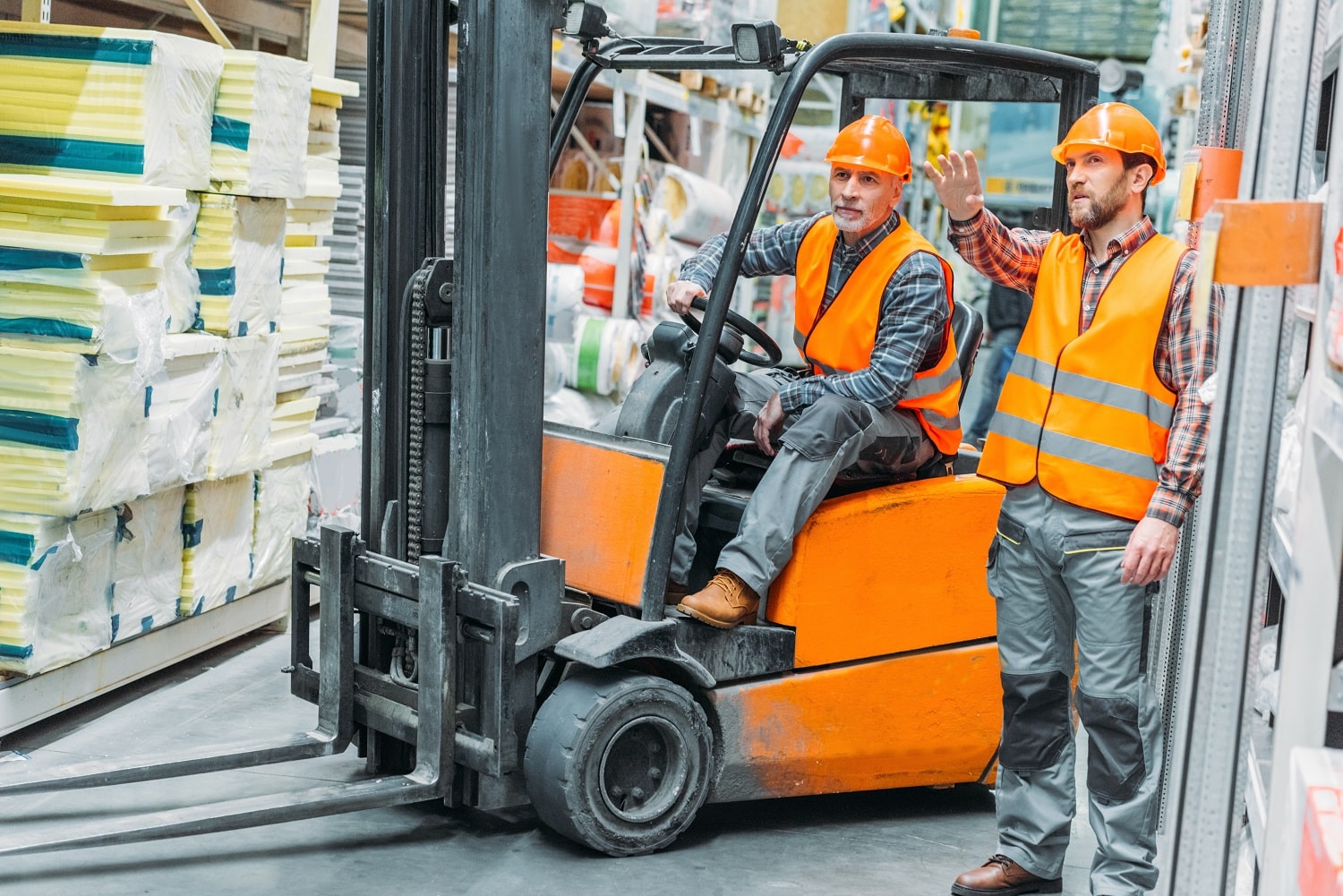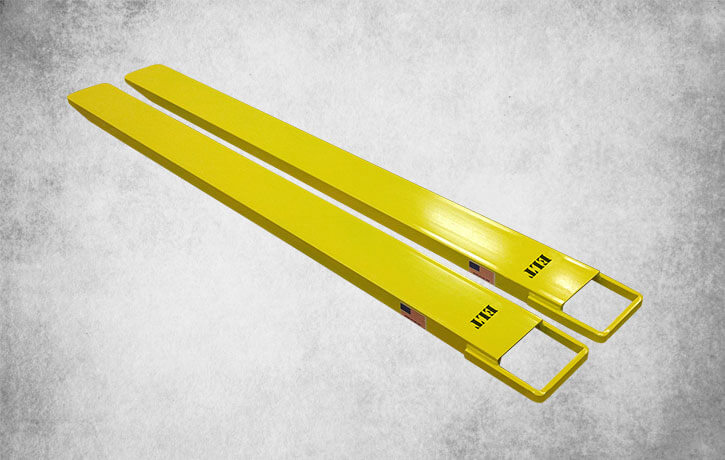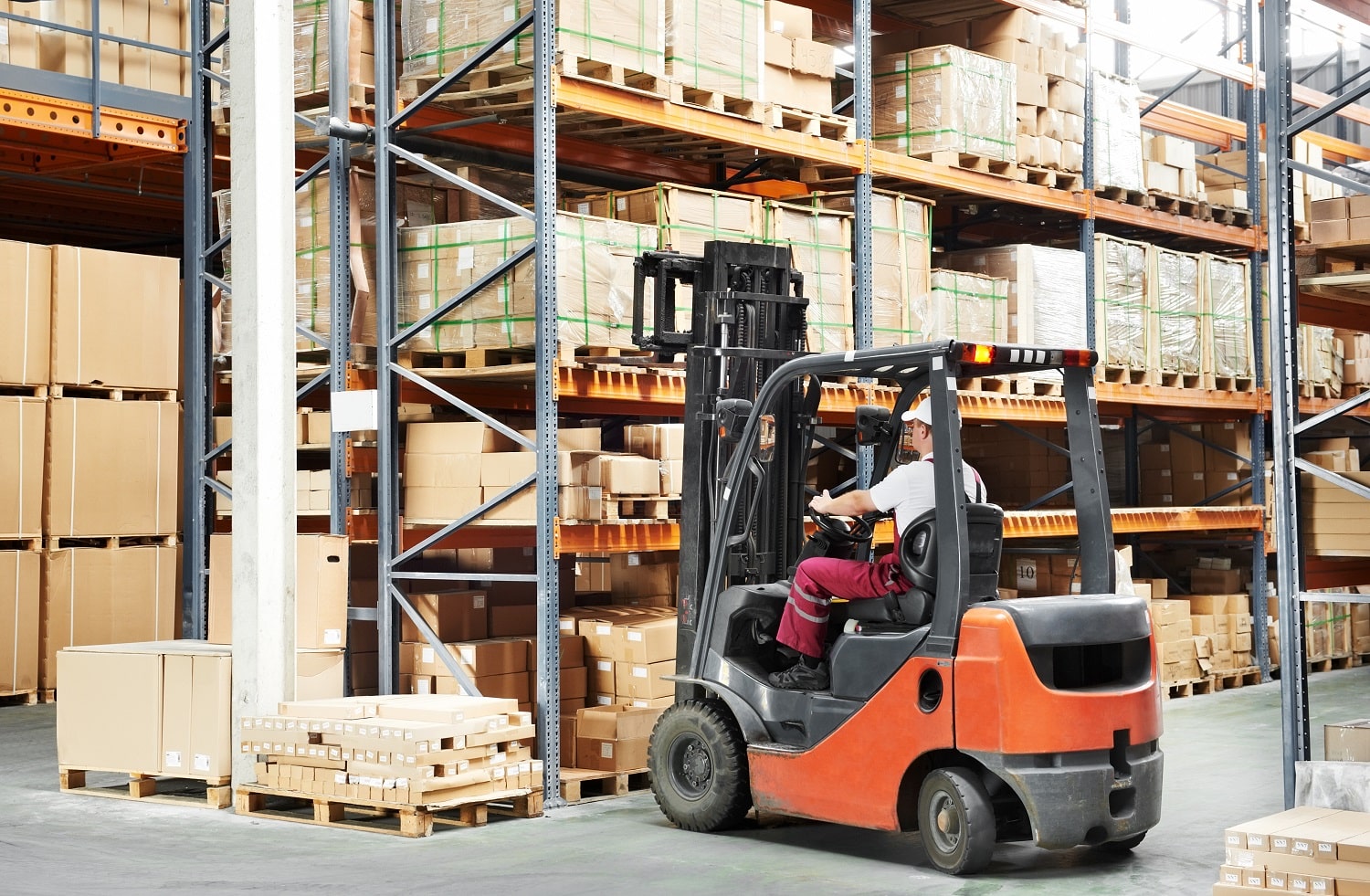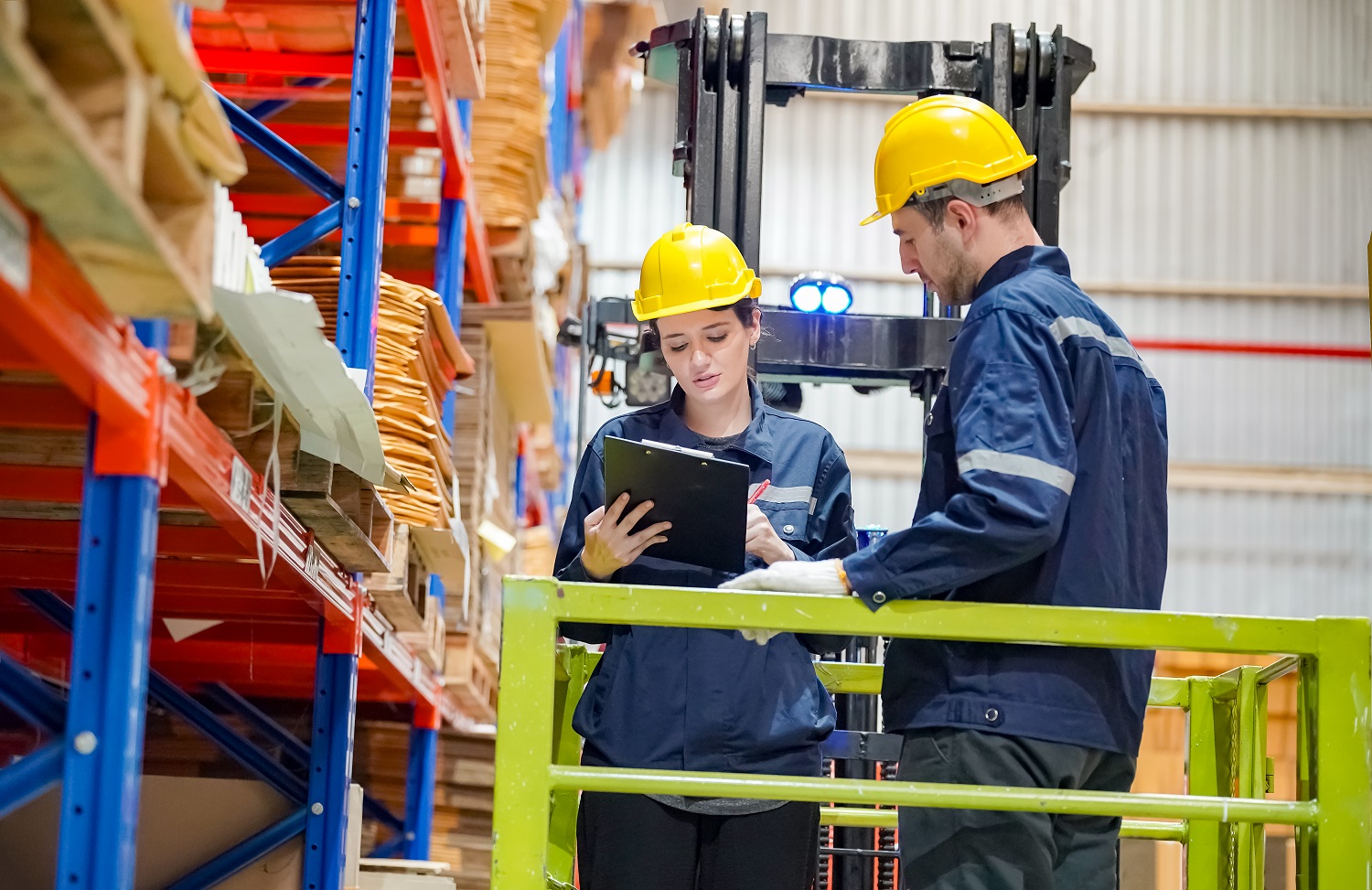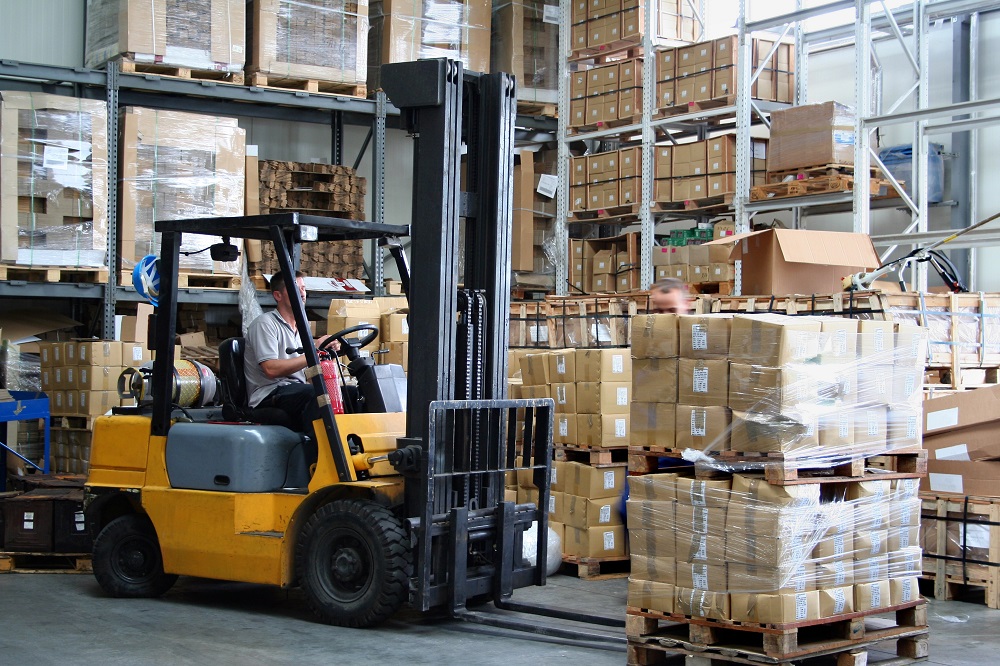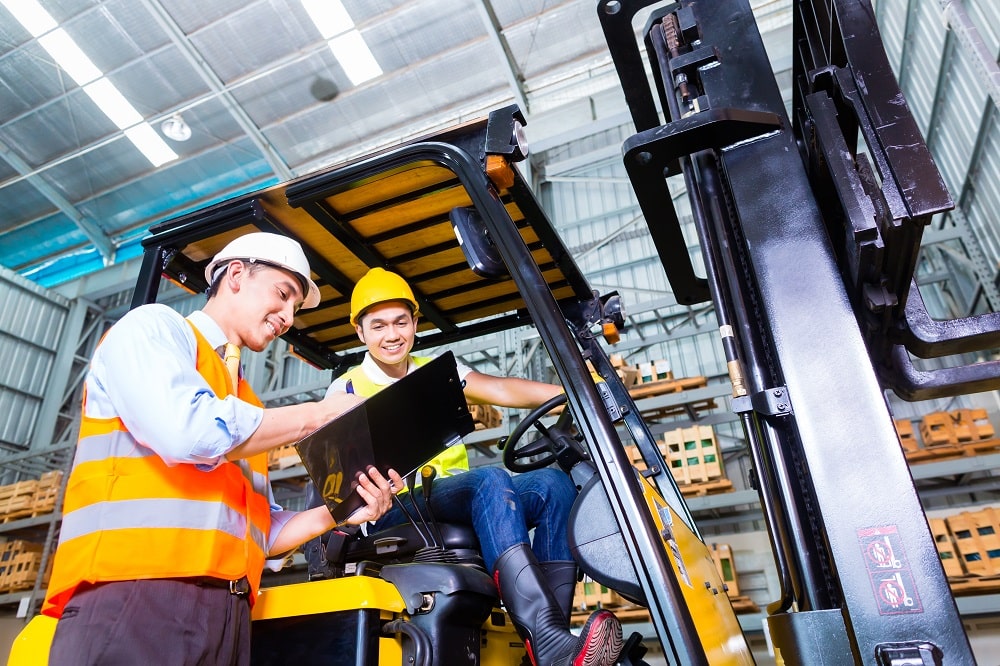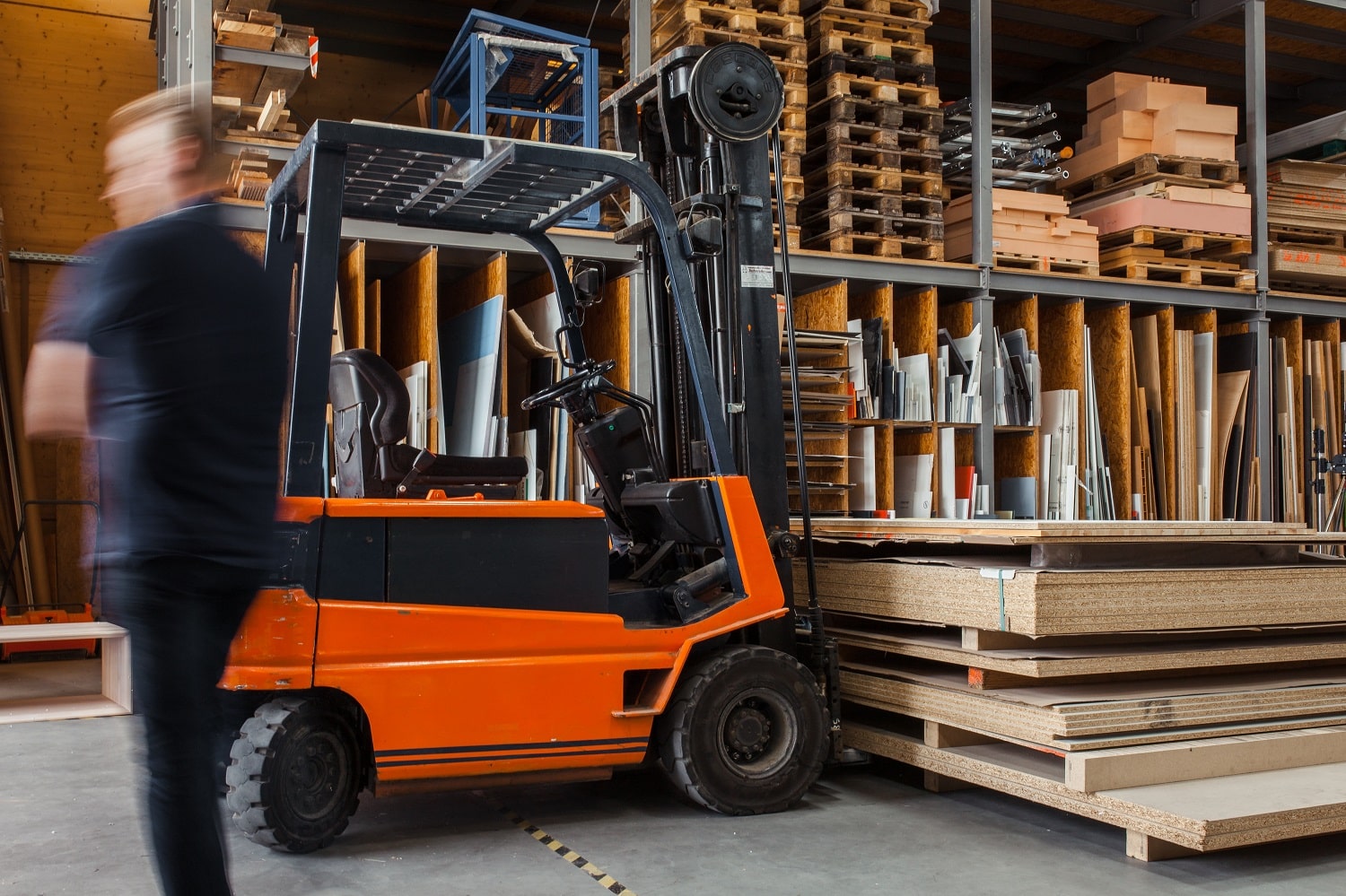17 Forklift Safety Tips To Keep Your Employees Safe
Operating a forklift can be quite a dangerous job, even if it seems simple enough. If you operate a warehouse, factory, construction site, or any work site, then you most likely use forklifts A LOT to carry and deliver heavy loads. This is quite normal, as there are over 1 million forklifts on active duty. However, with such a powerful industrial machine, lots of risks come with using them.
It’s estimated that about 75 to 100 workers die because of workplace accidents involving forklifts. A percentage of these accidents happen because of improper training. These injuries make up around 10% of all injuries that happen in the workplace. Obviously, this is quite concerning and forklift precautions should be a serious matter for all employers. So, how do you best protect your employees when using a forklift? Let’s find out!
1. Do Proper Forklift Training
Training is essential if you are doing any kind of manual labor, and operating a forklift is no different. OSHA (Occupational Safety and Health Administration) believes that 70% of forklift-related workplace accidents could have been prevented with proper forklift operation training.
This training involves both theoretical explanations of how forklifts work in the first place, which could be done either online or face-to-face in a classroom, as well as proper practical training where instructors observe the workers using the forklifts and give them adequate feedback. Think of it like driver’s ed, with a car that can carry tons up and down.
2. Get Proper Certification
Obviously, if you are going to conduct proper forklift training, then a certification must follow. If drivers need a license for their cars, why shouldn’t forklift operators need certification for their forklifts?
Who should be responsible for this? Well, the employer! The employer, in accordance with formal instructors abiding by the OSHA’s guidelines, should create these tasks. Some institutions, such as The Forklift Certification Institute, facilitate these processes as they are experts in certifying forklift operators.
3. Know The Forklift Classes
Not all forklifts were created equal, as there are so many classes and types that differ vastly. Each forklift will have its own needs, dimensions, load capacity, and more. For example, the Electric Motor Rider Trucks are different from the Internal Combustion Engine Trucks (with either solid tires or pneumatic tires). There are even forklifts for rough terrain, which could be more for construction sites and the like.
4. Proper Equipment Inspection
Inspecting your forklift weekly or even daily could save lives. Make sure that the forklift doesn’t have any problems with the forks, or the motor. Basic inspection includes full-testing of the brakes, steering wheel, fork, lights, and so on. Moreover, examining potential problems such as the fluid level, oil, water, the condition of the tires, and the condition of the forks. After the intensive inspection, only the forklifts in excellent condition should be operated and no risks should be taken on damaged forklifts. The OSHA has even outlined several guidelines for inspecting the forklift.
5. Proper Use Of Forklift Extensions
Forklift extensions offer a great cost-effective solution to increasing the reach of your forklift while saving on warehouse space. To help prevent any load accidents while using forklift extensions, it’s recommended to:
- Review the load capacity with the extensions and never surpass it.
- Use extensions that are built to the current width of your forklift forks.
- Avoid picking up loads just using the tip of the extenders.
- Retrain the workforce with extensions on and treat the training like it’s a completely new forklift.
6. Proper Forklift Maintenance
With inspection comes maintenance. Forklifts, like any piece of machinery, require constant maintenance so they can run for years on end. Maintenance should be done on a regular basis just like your car, and the OSHA has also put a helpful guide for maintaining your forklifts. You can do your maintenance in-house if you have a team, or you can use forklift service centers.
7. Use Safety Features
Just like a bicycle, a forklift can also come with safety features and guards that you can install. For example, there is an overhead guard for any falling debris or loads, so your driver is protected. Another safety feature is the load backrest, so your load can stay where it should be and not fall.
8. Watch Your Speed
As a driver, a forklift is relatively easy to drive, which can lead to operators going over the recommended speed limits for either ease or for fun. However, just like the highway, going fast while driving any vehicle, even one in a warehouse, can get yourself or your co-workers injured or worse. Usually, employers will have their own speed limits hung inside the workplace. The Material Handling Equipment Distributors Association (MHEDA) gives you a general recommendation of 8 MPH. However, if there is traffic or you’re in an area with lots of people, then make that 3 MPH.
9. Use Visual Communication
Making sure other workers and pedestrians are aware of the forklift and its operations is very important. You can accomplish this as an operator by using visual cues such as stop signs and speed limit signs. Also, use your horn if you’re coming in at a blind spot or sharp turn where pedestrians may be standing. The more visible you are, the safer everyone else is.
10. Mark Your Spot
Using a marking system will make things much easier for you and for the people on the worksite. You should use colors and mark passageways and aisles, as well as for any possible hazards. These markings help guide the pedestrians away from the sections where the forklifts are driven. The two basic colors for floor marking are red and yellow. Yellow is to signal caution for physical threats, while red is for extreme hazards such as fire.
11. Eyes On The Road
When driving a forklift, you should pay full attention and not be distracted by other operators, pedestrians, or workers. That means no chatting, no phone, and no fooling around with the forklift. They do look fun, but fun can mean danger.
12. Don’t Carry Extra Loads
Make sure you are aware of your forklift’s maximum load and stick with it. Forklifts can have capacities ranging from 3000 lbs to 70,000 lbs, depending on the model. Overloading your forklift can cause accidents like falling loads or fork collapse. You should also keep the load as stable as possible, using the proper positions of the fork and mast, and keeping the load dead-center.
13. Don’t Carry People
Forklifts have one general purpose: Carrying stuff. Forklifts were simply not meant to carry people, as there is no mechanism for a human to stand on safely. If you absolutely must elevate a worker using the forklift, then you should add a work platform.
14. Have An Adequate Workplace
As an employer, your workplace should be prepared perfectly for the drivers. That includes proper lighting so everything is visible, an adequate layout so the forklifts don’t go around bumping into things, and the site should be kept clean and safe. That means no obstructions, slippery floors, or broken equipment that is left lying around.
15. Steer Clear Of Forklifts
As a pedestrian or worker on the site who is not operating the forklift, you should stay as far away from forklifts as possible. You never know when there is a load floating above your head that can fall at any moment.
As an operator yourself, you should also steer clear of other forklifts in the area and keep your distance while working. Nobody wants to end up in a game of “Bumper Forklifts”.
16. Keep The Forklifts Safe When Not In Use
If the forklift is not being used, then it should be parked at its designated position with the fork down. Leaving a forklift just lying around or driving it empty with the fork up can lead to disasters.
17. Get Dressed For The Occasion
There are proper clothes for operating a forklift? You bet there is! First of all, as an operator or worker, you need a hard hat, so no random falling loads hit you in the head as you walk or drive around. Secondly, you need some good quality safety shoes, so you don’t pump your pinkie toe (or your entire foot) or, you know, have something fall or drive over it and completely crush it. Lastly, you need a jacket that will make you visible. Think orange.
Takeaway
Overall, forklifts are extremely important for any worksite, but the dangers that come with them are undeniable, yet avoidable. Following those simple steps, as an employer, operator, or pedestrian, can save your life or the lives of others. Following workplace guidelines and safety measures should never be taken lightly, specially when it comes to equipment as sophisticated and powerful as forklifts. At the end of the day, everyone is there to do their part and as long as everyone is watching out for themselves and others, they get to go home safe and sound and be ready for the next day.

